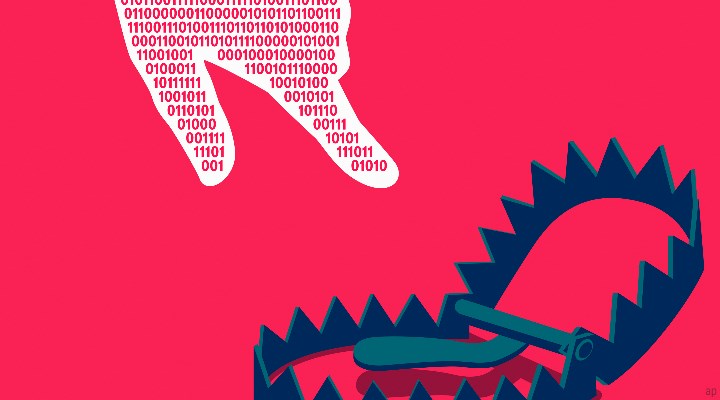
Overconfidence is probably the most common and well-known behavioural bias that investors fall prey to. “The investor’s chief problem – and even his worst enemy – is likely to be himself,” said Benjamin Graham, “the father of value investing”.
Most people overstate how good they are at performing tasks such as driving a car, or even managing money. In a 2006 study called Behaving Badly, researcher James Montier found that 74% of the 300 professional fund managers surveyed believed that they had delivered above-average job performance. Of the remaining 26% surveyed, the majority viewed themselves as average. So incredibly, almost 100% of the survey group believed that their job performance was average or better. Clearly, only 50% of the sample can be above average, suggesting the irrationally high level of confidence these fund managers exhibited. (Your fund manager may even be a narcissist too, but that’s a different story.)
Embrace the Good, Ignore the Bad
But what is overconfidence? Psychologically, this results from a person weighting supportive and unsupportive information in an asymmetric way. For example, supportive information would be when a company beats earnings expectations after you’ve bought its shares, or missed forecasts after you sold them. If events confirm your beliefs, this tends to result in heightened confidence in the decision: “I was right”. But when things don’t go in your favour, this tends not to affect your confidence as an investor. This is the “confirmation bias” – we generally seek out and hold on to information that supports our beliefs and ignore anything that doesn’t.
Studies have uncovered other symptoms of overconfidence. Many are illogical but are relevant to investing because they show that you can have an exaggerated faith in your ability when a problem is difficult and personal knowledge is limited. Here are some examples:
- the less you know, the more confident you are, and vice versa
- people tend to be more confident as questions get harder
- overconfidence is not correlated with age, gender or IQ
The “hot hand fallacy” is a related bias. This is the flawed belief that a person who has experienced success previously has a greater chance of success in the future. As Nobel laureate Richard Thaler explained in a famous scene in the movie The Big Short, this is a classic error, meaning an investor thinks whatever is happening now will continue in the future.
Churn Costs
There’s solid academic evidence that investors hurt their gross and net performance by trading frequently, a symptom of overconfidence in an ability to pick winning stocks, bonds or funds – and sell them at the right time. This compares with a simple buy and hold strategy, regardless of a portfolio’s size, whether markets are bullish or bearish, and independent of equity styles or size or beta. (The most prominent study is Trading is Hazardous to Your Wealth, published by US professors Terrance Odean and Brad Barber in 1996).
Probably the most compelling evidence is that most investors, especially active investors, both professional and amateur, tend to have a very hard time beating market indices consistently, as demonstrated in the latest Morningstar Active-Passive Barometer.
How can you tackle overconfidence bias? You could look back at your trading records and ask yourself questions such as “why did I buy or sell that stock?” and try to give an objective answer. If you can spot behavioural patterns in your trading activity, it’s easier to correct these mistakes.




























